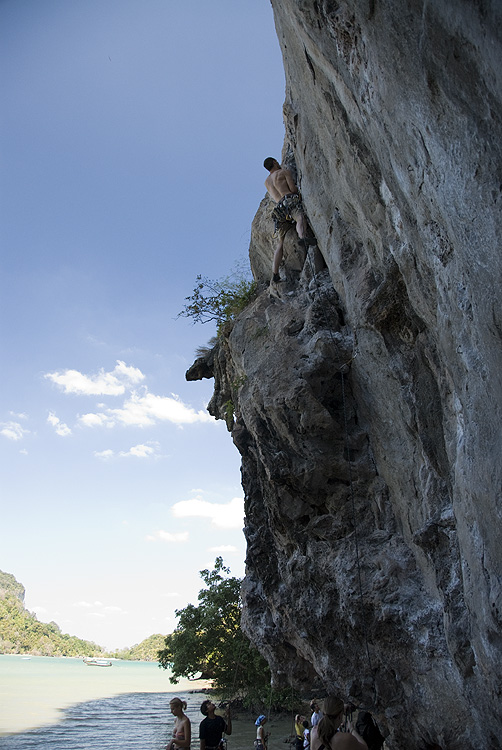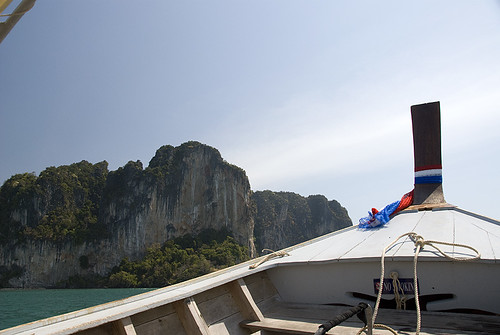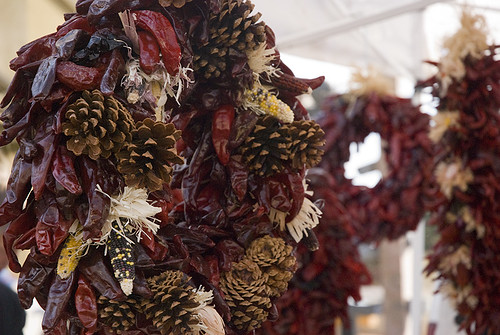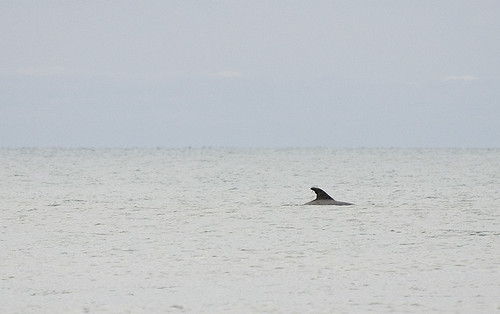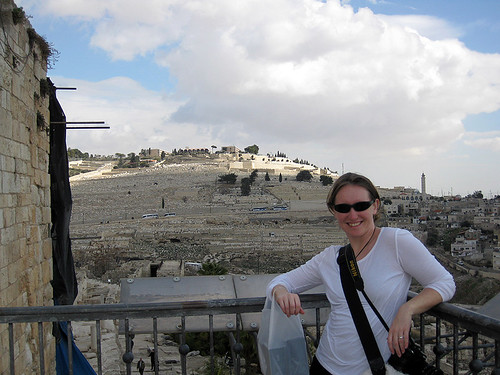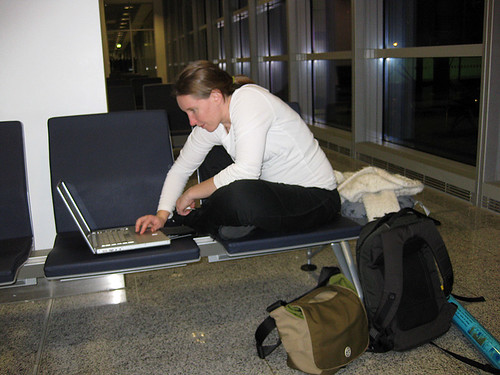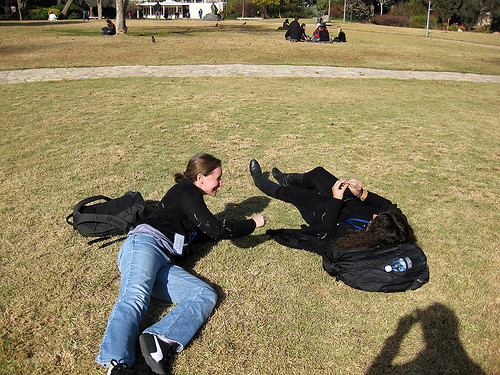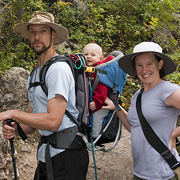On Friday, our lectures and meetings finished up at around lunchtime. I was scheduled to leave Tel Aviv on Saturday morning at 5:30a, so Friday afternoon was my last chance to explore Jerusalem. Our big group of students broke up into smaller groups depending on who wanted to see what, and Mona, Camille and I headed back to the Old City to see the Church of the Holy Sepulcher.
This is, in my humble opinion, the best group of photos from the trip. So take a minute to check them out in the gallery.

The Church has a rather unassuming facade. It sits on the northern edge of the Christian quarter in the Old City, and has been a church resting on this spot since 326 AD. Today, the Church is huge, and encompasses both the Holy Sepulcher (the location of Christ’s tomb) and the hill of Calvary, where Jesus was crucified and killed.

The Sepulcher sits inside a small building, called the Edicule, which is inside the largest dome of the Church, called the Rotunda of the Anastasis. When we were there on Friday afternoon, the Church was quiet. There were a few people milling around, praying, lighting candles, and taking pictures. It was a beautiful spot, and the whole room felt cool, calm, and peaceful.

We spent a little more than an hour exploring the Church. The layout of the building is confusing, and I was wishing I had a guidebook to the church itself. Each room had staircases or hallways leading off into other chambers and chapels. The building was organic, fractal, and passageways twisted through it like the arteries of a larger being.

It was amazing to walk these ancient hallways, to visit these Holy sites, and to pray at such beautiful alters. I was quickly aware of the austerity of my protestant religion. Other people in the rooms were crossing themselves repeatedly, sprinkling holy water on themselves, chanting their Hail Mary’s, and generally practicing rituals that have been developed over the two thousand year lifetime of the Catholic Church. As a protestant, I don’t practice any of these rituals. The protestant churches left the pomp and ritual of the Catholic Church behind, and developed a very democratic Church.
Kneeling at the alter of Calvary, I began to really appreciate the way our churches are structured. Our church doesn’t build fantastic alters, or commission much awe-inspiring art work. In our church, Christ resides in the community of people who gather to worship, not in any jewel-encrusted adornments of the clergy. I felt both proud and sad about the puritan ancestry of my church. The perspective is good, and I do agree with the directness and the view of the importance of individual relationships with God. But there is something completely beautiful about building a church this impressive, and I felt confused about what to do with my hands as I walked from room to room. No crossing for Katy. I simply folded my hands demurely in my lap and prayed, and stared, and wondered.



